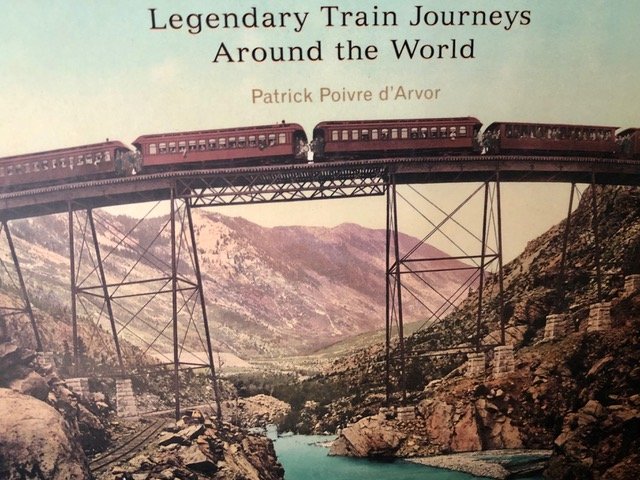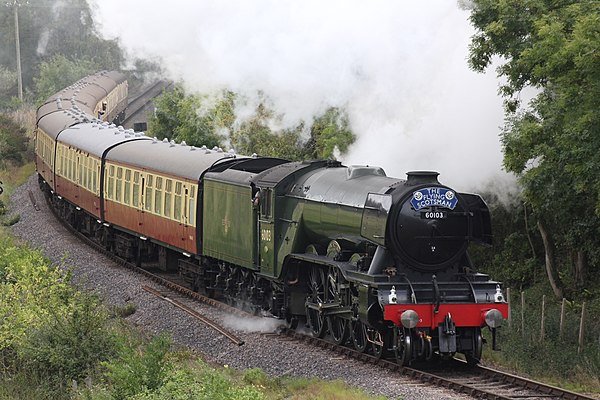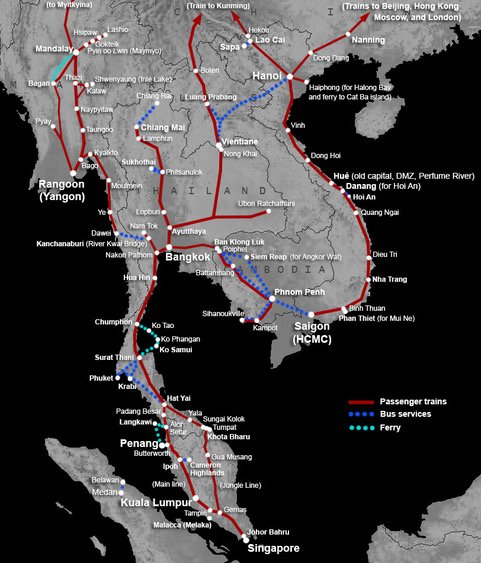Traveling Across Time
There is something magical about the idea of traveling by train. Perhaps it is the connection to distant places or a romantic nostalgia for bygone eras. For me, it comes from somewhere in my childhood. Memories of a first train trip in 1955 from New England to Washington, DC. For a ten-year-old, it was an experience filled with sounds and motion and mystery that to this day carry me instantly to other places and times.
Following the passing of Queen Elizabeth II in September, Kit and I have been watching the first four seasons of the original Netflix production, “The Crown.” Among other aspects of this marvelous series, I’ve been captured by the modes of transportation across the Queen’s long lifetime—gilded carriages, cars, jeeps, ships, airplanes, horses, and trains. What touches me every time are scenes of the steam engine powered Flying Scotsman locomotives from the 1930s-1960s that snaked through the English countryside from London to Edinburgh, Scotland when the royal family was en route to holidays at Balmoral Castle.
A teapot whistles in the kitchen and I’m suddenly aware of a similar sound I’ve known in other worlds and earlier times. Solitary and transient, it takes me back to a train moving freight along the river bluffs ten miles from our old home in Missouri. Drawn to the sound, I begin a whimsical journey back across time. Carried aloft by an October breeze, I board various trains from my past and am soon on my way.
On a sleeper train somewhere in Northeast Thailand, I am traveling from Bangkok to the point where I will cross the Mekong River at Vientiane, Laos. I love watching night scenes as the countryside passes by my open train window. The smell of wood fires in passing villages and lights like strings of lanterns in the passing hills. The clickity clack of the train’s steel wheels riding the curve of the track rock me in and out of sleep.
The scene then changes to Gare Saint-Lazare train station in Paris. It is the turn of the century and Impressionist artist Claude Monet boards the rain with his wife Alice. They are returning to their home in the village of Giverny. It is winter and the great iron horse leaves the grand Paris station enveloped in a cloud of white steam.
In the 1990s, Kit and I take a train from the same station on a crisp October day, bound for an afternoon in Monet’s home and gardens. We brought a picnic of French bread from a local boulangerie, an assortment of cheeses and apples, licorice, and bottles of spring water. The hour-long trip is a journey across familiar canvases painted by the artist over a century earlier. Only the steam is missing.
Another journey more than half a century ago moves me through a Japanese landscape. Speed and efficiency are the engines that run this densely populated island nation. Japan’s computerized Bullet train is an automated wonder. Looking like a pencil sharpened at both ends, the high-speed train arrives on time and on a dime. Doors open, masses exit, others press in, doors close, and the bullet takes flight—all in barely a minute’s time.
When the doors of the train reopen, I am in Madrid’s Atocha station boarding a train to Seville to see its ancient Roman aqueduct. Looking up momentarily, light moves through the forest off our deck in the Sierra Foothills, carrying me across another decade of time back to Italy’s sun-washed, rustic countryside. Happily, I enter a Tuscan landscape that appears untouched by the passage of trains or time.
Journeys untaken also move across my imagination. In the summer of 1988 while working at the National Geographic, I received a letter from a travel office in New York City that was promoting a nostalgic rail voyage from Paris to Hong Kong. Fifteen royal blue and gold cars from the famed Orient Express (restored to their original 1920s grandeur) were to depart from Paris Lyon Station, bound for an 18-day sojourn to Hong Kong along one of the world’s longest and most spectacular routings. With a limit of 30 participants from North America, Asia, and Europe at $20,000 per person, we too could be a part of history.
The promotional packet was delicious! I browsed through the maps and the trip’s itinerary. It would begin with a welcoming party at the Hotel de Crillon in Paris. Sightseeing in Reims is followed by a champagne lunch in the cellar of Mumm Cordon Rouge. Then high tea in Potsdam and an Orient Express Ball at the Grand Hotel Berlin (east). Tables in the two dining carriages are set with china, silver, crystal, and linen. Along the way, master chefs create gourmet meals featuring local cuisine.
In Warsaw, there is a Chopin concert. Then on to Brest, Moscow, and the long journey across Siberia to Novosibirsk. The train enters China at Manchouli before heading on to Beijing and a visit to the Great Wall. Then a day on to Hong Kong, and the Orient Express Gala Farewell Ball. But, alas, that train left without me.
I am now back in our kitchen pouring cups of English tea for Kit and me. I may never see the inside of the famed Orient Express, but I love revisiting rain journeys from my past and dreaming of rail adventures that might someday happen. For those who daydream, the ride is free. All aboard. Care to come along?





